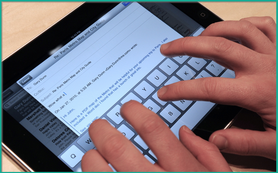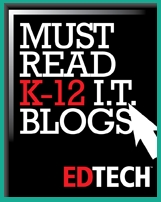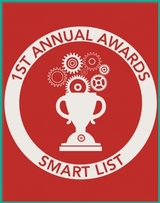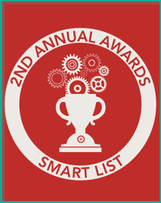
In this post, we highlight some useful learning tools for children with special needs, which have already become popular in several parts of the world:
- Braille note-taking gadgets - For taking notes in classes, participating in book-reading sessions, and even during exams - visually challenged students have started relying on Braille technologies. Tools with built-in Braille software can be used by kids with different degrees of eyesight problems, including those who are completely blind. Other screen-reader and optical character recognition aides are also being recommended at academic institutes, to ensure that vision problems do not blur a child’s future.
- Talking calculators and voice-enabled learning apps - Also meant for students with optical impairment, these gadgets ensure that their mathematical skills can develop properly. There are various types of talking calculators (including advanced scientific ones), for making error-free calculations. Several mobile learning apps for kids also offer audio SFX support - so that these children can derive optimal benefits from the applications.
- Word-suggestion tools - These are of great help for dyslexic kids, in particular. Inherent dyslexia can affect the natural ability of children to think up the right words on the spur of the moment, while talking or writing. These gadgets provide a wide range of word-options (depending on the context), for the concerned kids to choose from. Parents and teachers have to be careful while choosing such word-suggestion tools though, for not all of them offer the best support.
- Voice-recognition tools - A lot of apparently serious learning disabilities in children can be tackled with sophisticated voice-recognition software gadgets. Naturally Speaking and textHELP are two such gadgets that warrant a special mention, owing to their holistic features and proven benefits. Both reading and writing of the children are facilitated through these tools. Easy, accurate voice-recognition also makes kids more comfortable and confident during social interactions.
- Hearing aids - Don’t we all tend to associate hearing aids with old people? These little voice amplification devices have proven their worth for little kids with hearing problems too. Unless completely deaf, a student can put on the hearing aids in class, and follow professors’ lectures and his/her buddies’ banters without many difficulties. Most hearing aids have options to adjust the volume settings - ensuring that users can hear everything at the right level.
- Sign-language learning programs - There used to be a time when deaf students had to learn sign language at special training institutes - something that was not always possible. These difficulties have reduced considerably, with the arrival of a host of computer programs and iPhone apps, which offer step-by-step instructions for learning sign language. There are even software systems which can ‘view’ the signs that a deaf child is making, and respond to them. The sign language training programs are divided in modules in most of these ed-tech tools, for easier, stress-free learning.
- Mobile apps with picture cards - Kids with autism often have difficulties espressing themselves properly - and these apps have been designed to ease their problems. A vast collection of cards are displayed in these fun-meets-educational apps for kids. A child with autism can simply select the ones that indicate his/her mood, opinions and things that (s)he wants to say. Thanks to these applications, children with autism can now actively take part in conversations.
- Translation software - If you think that blind children cannot use computers and laptops, it's time to think again. At present, there are quite a few translation tools - which can seamlessly convert computer files into a format, that can be ‘read’ via Braille technology. Duxbury is one such translation software, which is pretty high in popularity in Western countries. Accessing web learning resources is, finally, possible for everyone - even those who cannot see.
- Reading machines - These come in handy for students who either have eye problems (cannot read small fonts, for example), or cannot concentrate to read something on their own. The audio-enabled versions of these machines feature voiceover by renowned speech therapists and accent training experts - making the task of learning the correct pronunciations easy too.
- Conversation tools for kids with physical difficulties - There was a time when children with difficulties in moving their limbs were looked down upon. Times have changed (thankfully!), and now, these kids can use software applications to translate spoken words and sentences into computer typefaces. Replies can be easily typed out and shown, without the physically impaired kid even feeling the need to use his/her limb(s). These tools are most commonly used in study groups and forums.
- Anti-glare screens - Both mobile app development and computer software development have developed at a rapid pace across the globe, over the last few years. To make sure that kids do not feel excess eye-strains while studying something on their PCs or tablets, external anti-glare (glare-reduction) screens are often used. In most cases, the screens are set up along with built-in text magnifiers. If a child already has difficulties in vision, (s)he should definitely use these tools to protect his/her eyes from further risks.
- Wheelchairs - Wheelchairs are vital for anyone with mobility problems - and for students they double up as confidence-boosters. It’s one thing having to be carried by/pushed along by others towards a particular destination - and it is something completely different to be able to maneuver a multi-control, safe wheelchair which the little ones can operate by themselves (ideally, in the supervision of an elder). At school, at home, in the neighborhood - a child should never feel that (s)he can’t go anywhere because his/her lower limbs are not functional.
Author’s Bio:
Ross Smythe is the chief concept developer at Teknowledge Mobile Studio. He regularly writes on the web, specifically on various issues related to education technology.












